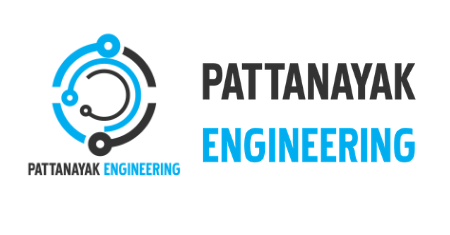What is Apache JMeter
Apache JMeter is an automated testing tool used for analyzing and measuring the performance of different software services and products. It is an-open source software based on Java used for testing Web Application or FTP application.
It is used to accomplish performance testing, load testing, and functional testing of web applications. It can also simulate a heavy load on a server by creating tons of virtual concurrent users to the web servers.
How does JMeter perform Testing?Different steps performed by JMeter during testing:
- It creates a request and sends it to the server.
- It receives the response from the server, collects them, and visualizes those details in a chart or graph.
- It processes the response from the server.
- It created test results in several formats such as text, XML, JSON so that the tester can analyze data.
What is Performance Testing?
It is very necessary to verify whether the product meets expected or required performance. But unfortunately, we figure out this pitfall post-delivery of the product. Standard and Performance have become an inevitable factor nowadays, especially for web and mobile applications as the user strength is very huge for each application.Performance Testing is a type of software testing to ensure that software applications will perform well under their expected workload. It focuses on certain factors of a Software Program such as:
Quick & Fast – It Checks whether the response of the application is fast.
Expandability – It determines the maximum user load.
Proper Control – It checks if the application is stable under varying loads.
Introduction to API
Application Programming Interface (API) allows one software to interact with other software. It is a messenger that takes a request from one system to another system, provides the requirements, and gets the response back to the requesting system.
Application Programming Interface provides access to the application without users having to interact with a potentially disparate system.API acts as a messenger between two systems. For example, when you visit a restaurant, the waiter serves as the middleman who takes your order from the menu and delivers it from the Grocery shop. Here, the operator is the API which takes the request from system A (Customer). Then, go to system B (Grocery) and tell system B what system A wants. Finally, it takes the expected response of the request and carries it back to system A.
Real-World Example of API
One common example of using APIs in the real world is booking flight tickets. There are numerous websites for booking flight tickets. But they do not belong to any particular airline. To book your flight, you need to interact with the airline’s website to access the airline’s database. How do these sites communicate with a particular flight database?
It is possible through APIs. These aviation companies provide APIs to many websites for booking a ticket and for getting the response of the query from these websites. They advertise their business, which in turn provides some margin of profit to these website companies.
Following are the list of protocols supported by JMeter:
Web Services – SOAP / XML-RPCDatabase via JDBC driversDirectory – LDAPMessaging Oriented service via JMSService – POP3, IMAP, SMTPFTP Service
Advantages of JMeter
Some of the advantages of JMeter include:
Open-source:
JMeter is an open-source software. This means that it can be downloaded free of cost. It is also a 100% pure Java application. The programmer can use its source code, can modify, and customize it as per their requirement.
Easy GUI –
JMeter has a comprehensive GUI, which helps to create a test plan and configure the elements. Adding elements is also easy. You just have to right-click on the tree scenario and add what you need to do.
Assistance –
It is designed for performance testing, but also supports other non-functional tests such as Stress Testing, Distributed Testing, Web service testing, etc by creating test plans.
Comprehensive Documentation
– This is one of the most important things to be highlighted. Because of its powerful and strong documentation, user can have a clear idea on each and every step, starting from scratch including installation and configuration of the test settings and generating the final report.
Saving & Recording –
JMeter allows users to record HTTP/HTTPS to create a Test plan using Recording facility. It uses Proxy Server that allows JMeter to watch and record your actions while you browse your web application with your normal browser.
Reporting –
JMeter supports the dashboard report generation. By generating reports through JMeter helps the user to understand Performance test execution results.
Cons
=) Java domain is notorious for memory leaks and excessive-performance consumption.
=) The demerit of simulating user behavior in JMeter hides in the lack of support of random time intervals for different URLs between queries and the think time.
=) Developers and programmers report about various issues with the official documentation. Though, we think it’s a rather controversial point.
=) JMeter’s UI may seem like it was built in the 1990s, but hey, the world is not perfect!
Conclusion:
If You have any queries you can drop your questions below,
we will be happy to solve your problems.
Thanks for reading…!!!
Pattanayak Engineering



